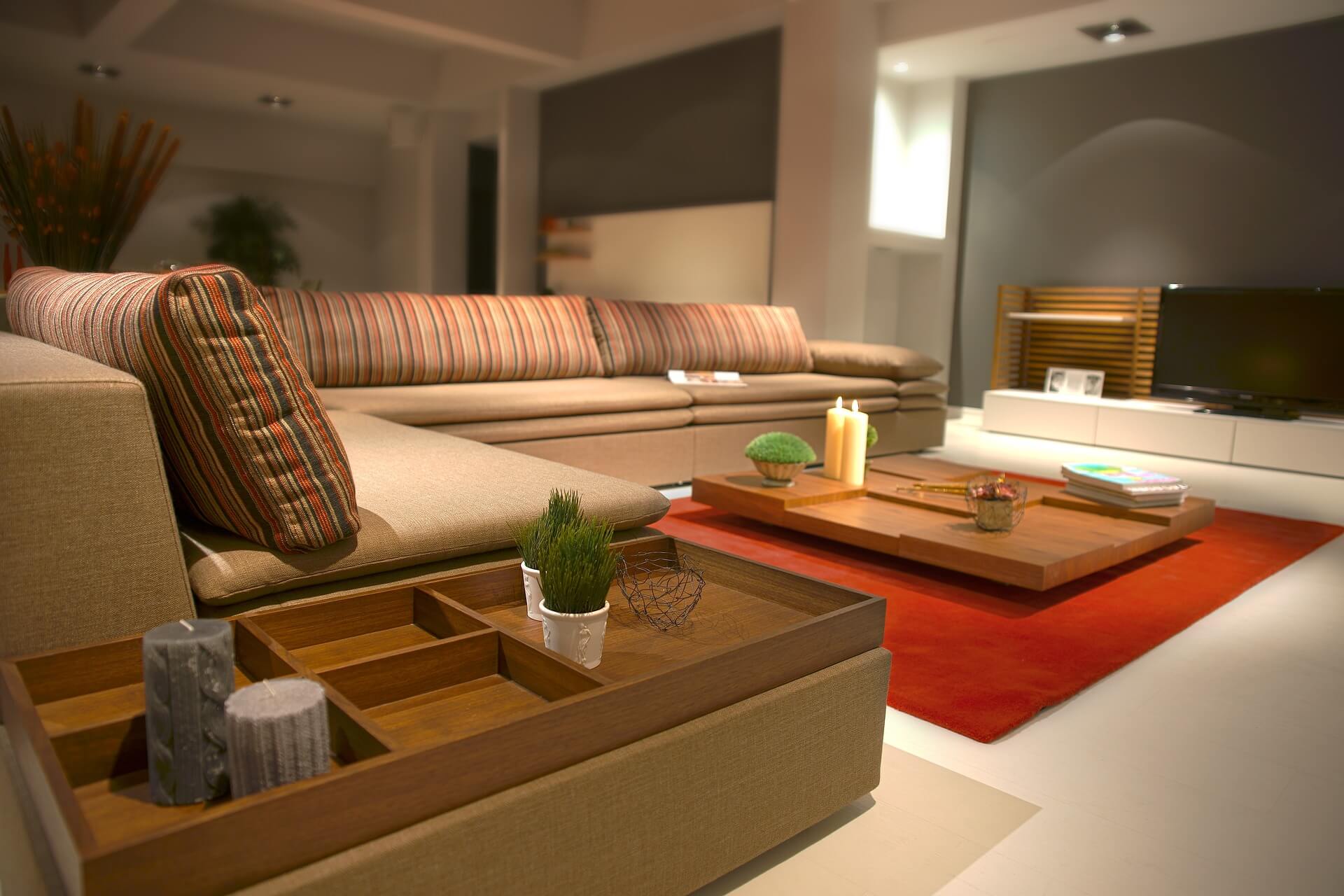It’s certainly not pleasant to have a room without windows. Light is fundamental to our lives. Having a home that is well-lit by natural light is important not only to enjoy the sun’s rays penetrating inside but also to reduce electricity costs. But not all is lost if you have windowless rooms, there are various approaches you can take to make sure windowless rooms
What types of lighting ought to be present in your space? What fixtures should you choose? What else could you possibly include in your windowless room to make it more comfortable? These are all questions we ask ourselves when we design our windowless rooms, and we’ll try to answer all these questions in this guide.
Mimic Natural Lighting
Since you have very little to no natural lighting in windowless rooms, why don’t you try to emulate it? This is the first approach many home and office designers take. Because your eyes have evolved for natural lighting, artificial lighting may irritate them.
So, how can you emulate natural lighting? It is easier than it sounds. You don’t need expensive fixtures or the latest in lamp technology. There are simple steps you can take to make the lighting in your room resemble natural lighting more. There are two crucial components: the colour and the intensity of the lighting.
- By employing chilly, blue light, you may simulate early-morning sunlight. Warmer lights, like orange lighting, will bathe your room in the hues of the sunset. Not only is this an excellent design choice, but it will also impact your mood and health as well.
- It is important to not have very low or very high-intensity lighting in your room. Not only is it not a good home design, but it will also harm your eyes as well. Try to light your room through multiple spaced-out fixtures, especially if it is on the larger side. Making use of diffused lighting will also give a more natural feel to your room.
Make Use of Layered Lighting
In modern designs, lighting is categorised into three separate layers: ambient lighting, task lighting, and accent lighting. Understanding these layers, how to conceptualise each one, and how to leverage them in your house or office will substantially improve lighting in windowless rooms.
- Ambient lighting: Ambient fixtures are installed to provide general space illumination. The majority of ambient lighting is provided by ceiling lights, but you may utilise floor lamps to light up dark corners or change things up. On the other hand, you might hang a chandelier or a fancy ceiling lamp as a way to add a special flair to your room. Ambient lighting is vital for windowless rooms, and the fixtures need to be powerful enough to adequately light up the entire room.
- Task lighting: Task lighting fixtures, as evident by their name, are lights used for specific tasks. For example, you might need task lighting above your nightstand or writing desk in the bedroom. Because of the tiny size of the fixtures, they are extremely versatile. And although their uses in windowless rooms aren’t that different from rooms with windows, they are more vital in the former case.
- Accent lighting: Accent lighting draws attention to focal points like pieces of furniture and art. The lights in these fixtures should be brighter than your other lamps because they are intended to draw attention to these places. In many traditional home designs, natural lighting is used to draw attention to certain elements or furniture. But due to their absence, you need to use accent lighting to perform that function in windowless rooms.
Extra Lighting for the Finishing Touch
Now that you’ve considered the colour scheme, the types, and the uses of the lighting, it is time to add the finishing touches. Use lighting creatively to make the space feel cosier and more polished. Here, you have many options, but we’ll focus on two in particular.
- LED lighting: To subtly and unobtrusively increase the overall brightness of the area, use smart LED strips. You can even install LED strips behind your TV or computer to provide a more immersive experience and reflect light off the wall if you use your windowless room to view movies or play video games.
- Using mirrors: A mirror should always be present in spaces without windows. Not only do certain mirrors replicate the shape and design of windows, but they also give depth, reflect light throughout the space, and add depth. To further open up the area, place many mirrors throughout the room that reflect light off one another.
Summary
Outside-facing windows and natural lighting are important design elements, but some approaches make windowless rooms cosy, welcoming, comfortable, and stylish. Lighting plays an important part in this, and in this article, we went over what you need to know about lighting design in windowless rooms.




